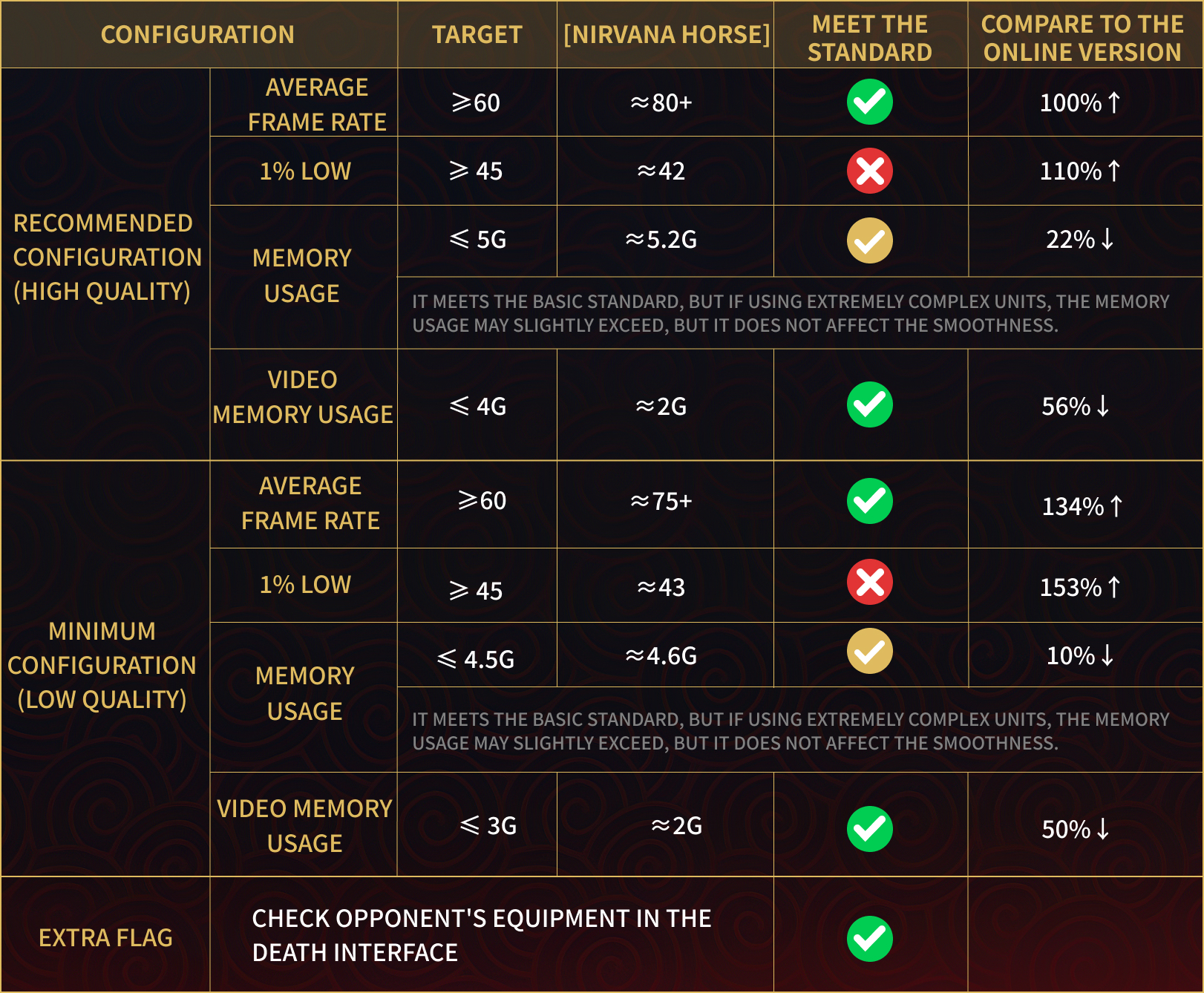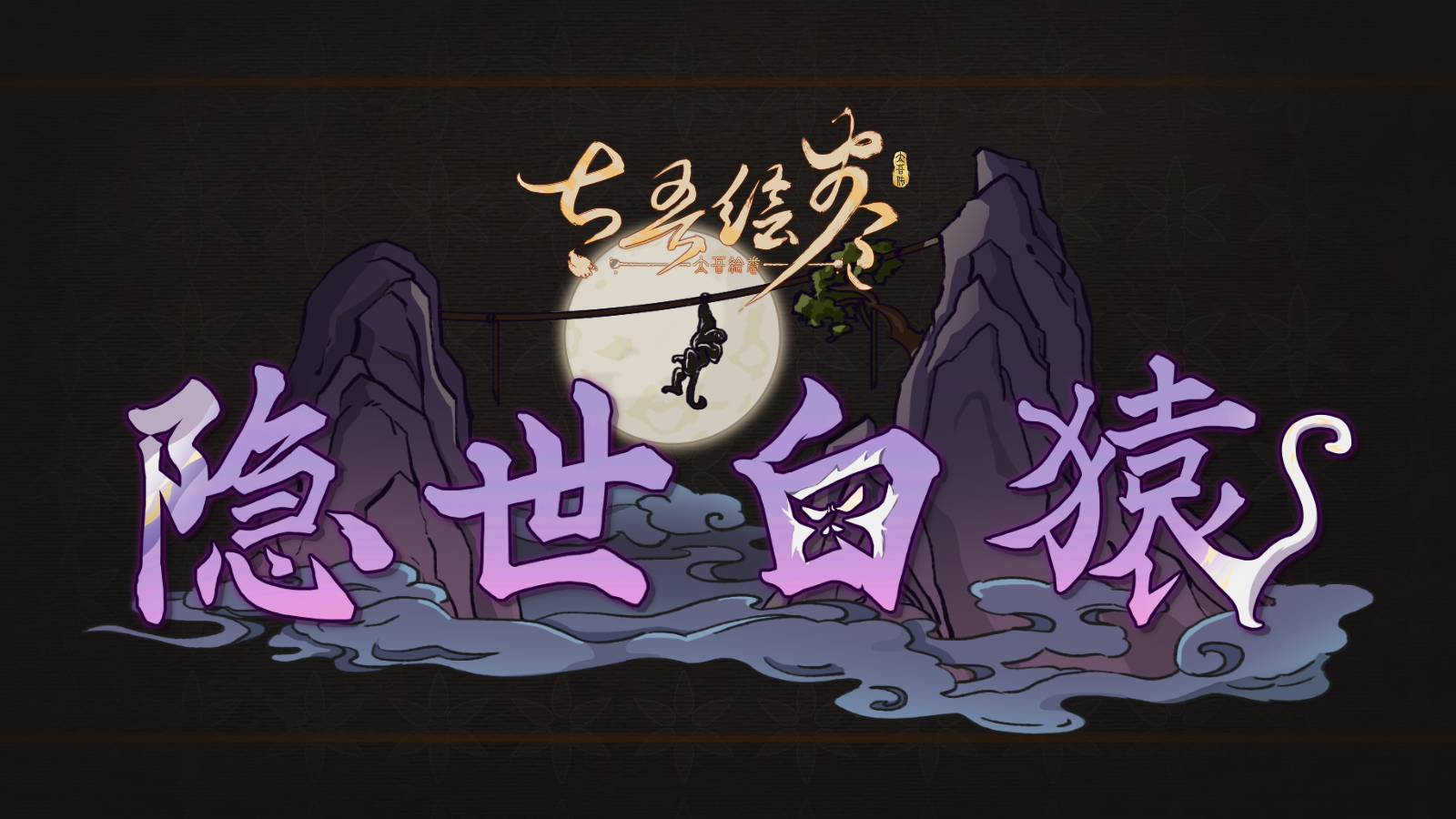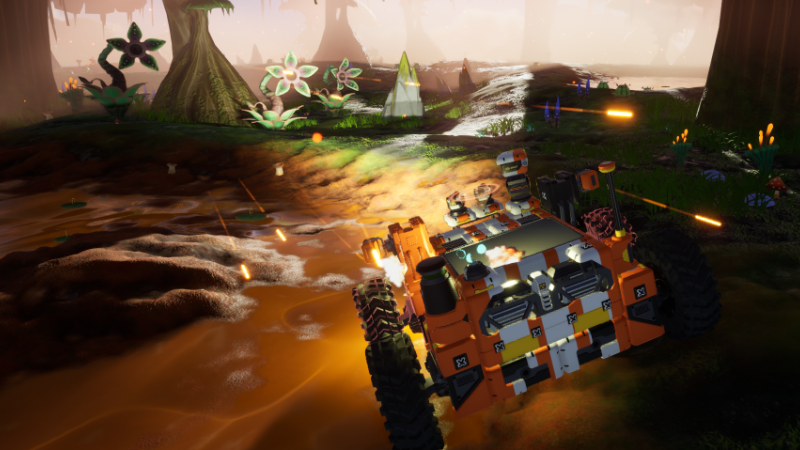
Nov 10, 2023
ICBM: Escalation - Death
Hi everyone!
In today’s dev diary, we’re going to talk about one of the staples of the nuclear triad, and the way we’ve implemented it in ICBM: Escalation. It’s not just a means to deploy nuclear weapons either, it’s also a defining feature of the modern battlefield, one that has the ability to turn the tide of an entire war, even without nuclear weapons. That’s right, we’re going to be talking about AIR POWER.
As every nuclear war aficionado knows, even though there’s plenty of systems that have been able to deploy nuclear weapons over the years, the only one that’s been used in anger against an actual opponent is the B-29, two of which were used to drop the bombs when the United States attacked Hiroshima and Nagasaki. Bombers were the first leg of the nuclear triad, and (thankfully) the only one to have ever actually been put to use. So, it makes sense to start there.
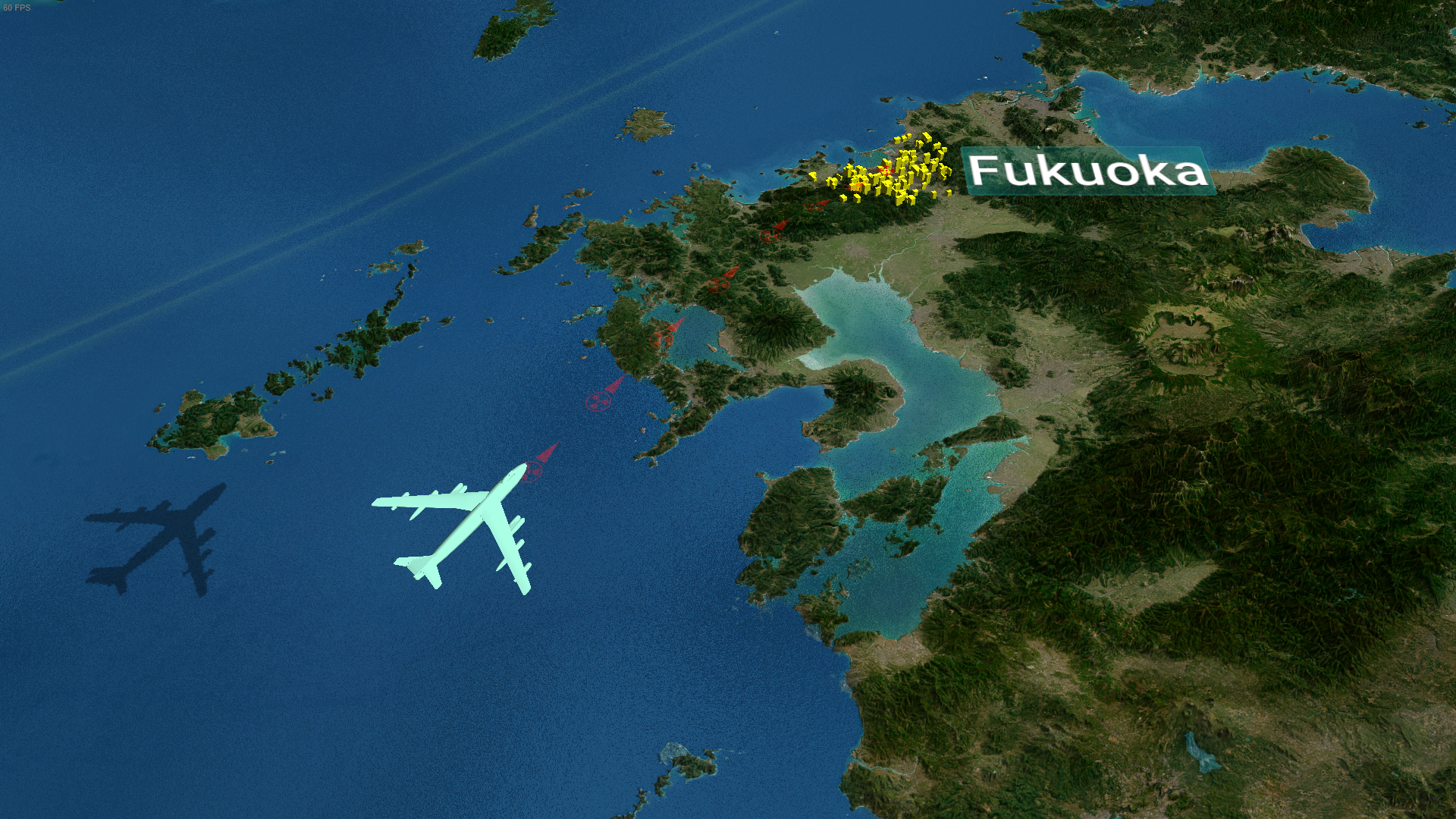
As mentioned before, ICBM: Escalation starts all the way back in the early 1950s, and progresses through time all the way up to the near future. The first bombers you’ll have access to will be early-model, jet-powered bombers with limited range and an arsenal restricted to primitive gravity bombs. Don’t be fooled, just because the B-47 itself isn’t particularly potent, that doesn’t mean you can’t get a lot of use out of your bombers. Their performance and capabilities can be upgraded considerably, and they can host a wide variety of weapons as soon as you upgrade them to their successor: The B-52.
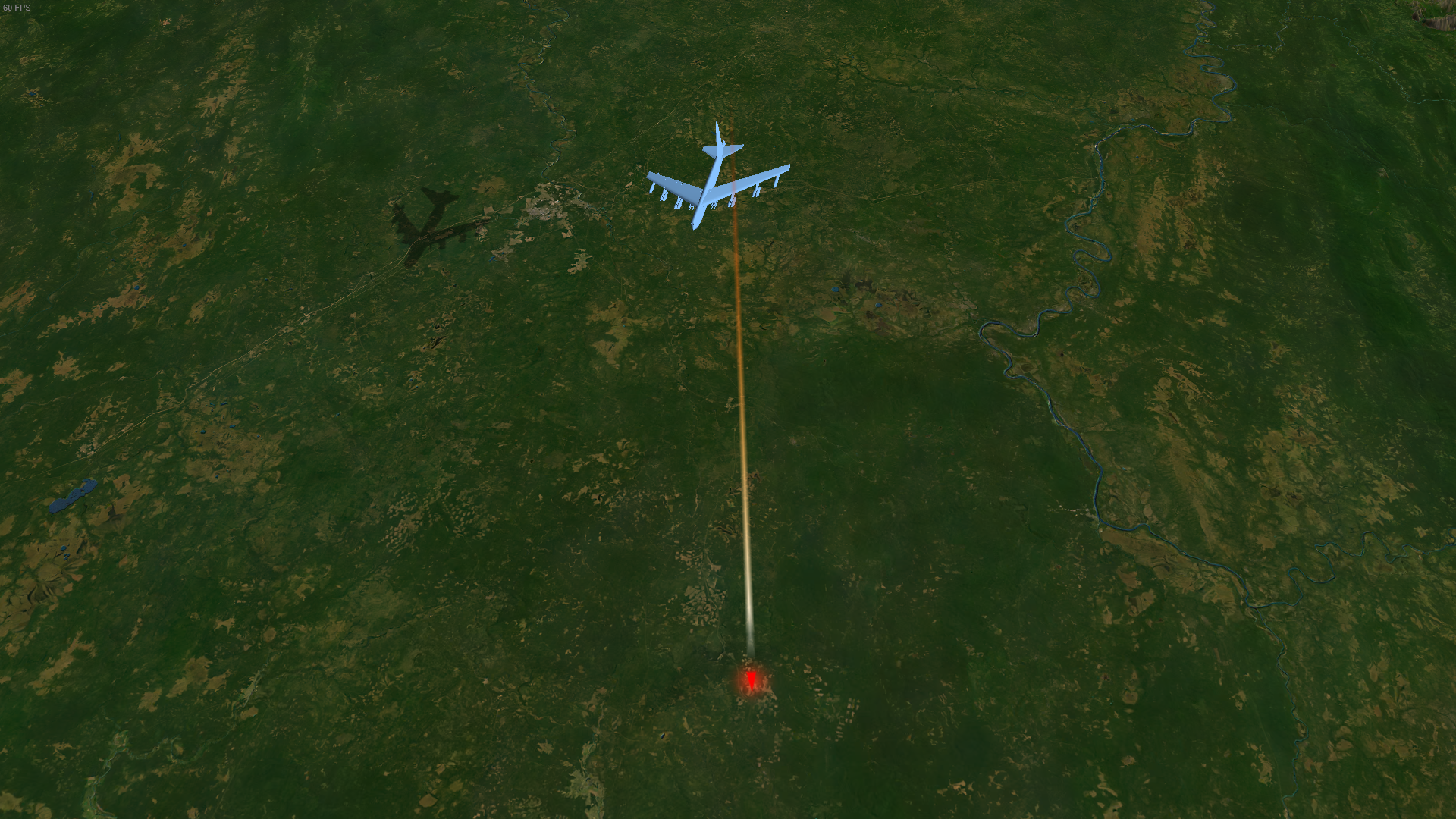
As we all know, many strategic bombers developed in the mid-1950’s are condemned to roam the Earth forever and must bear the curse of endless upgrade packages for all eternity. This means that you can easily upgrade your strategic bombers to carry a variety of new weapons. For lighter duties like destroying radar sites, airports and army bases, you have your choice between primitive iron bombs, guided air-to-ground missiles, or long-range air-launched cruise missiles, which also come with a nuclear-armed counterpart. Air-launched ballistic missiles, which offer more range and a bigger punch than cruise missiles, are also at your disposal if you need to deliver a heavy blow without getting too close. And of course, if the enemy’s been worn down or if you’re feeling especially brazen, you can always just load up the biggest, baddest gravity bomb you can find and dump it on a major city during rush hour.
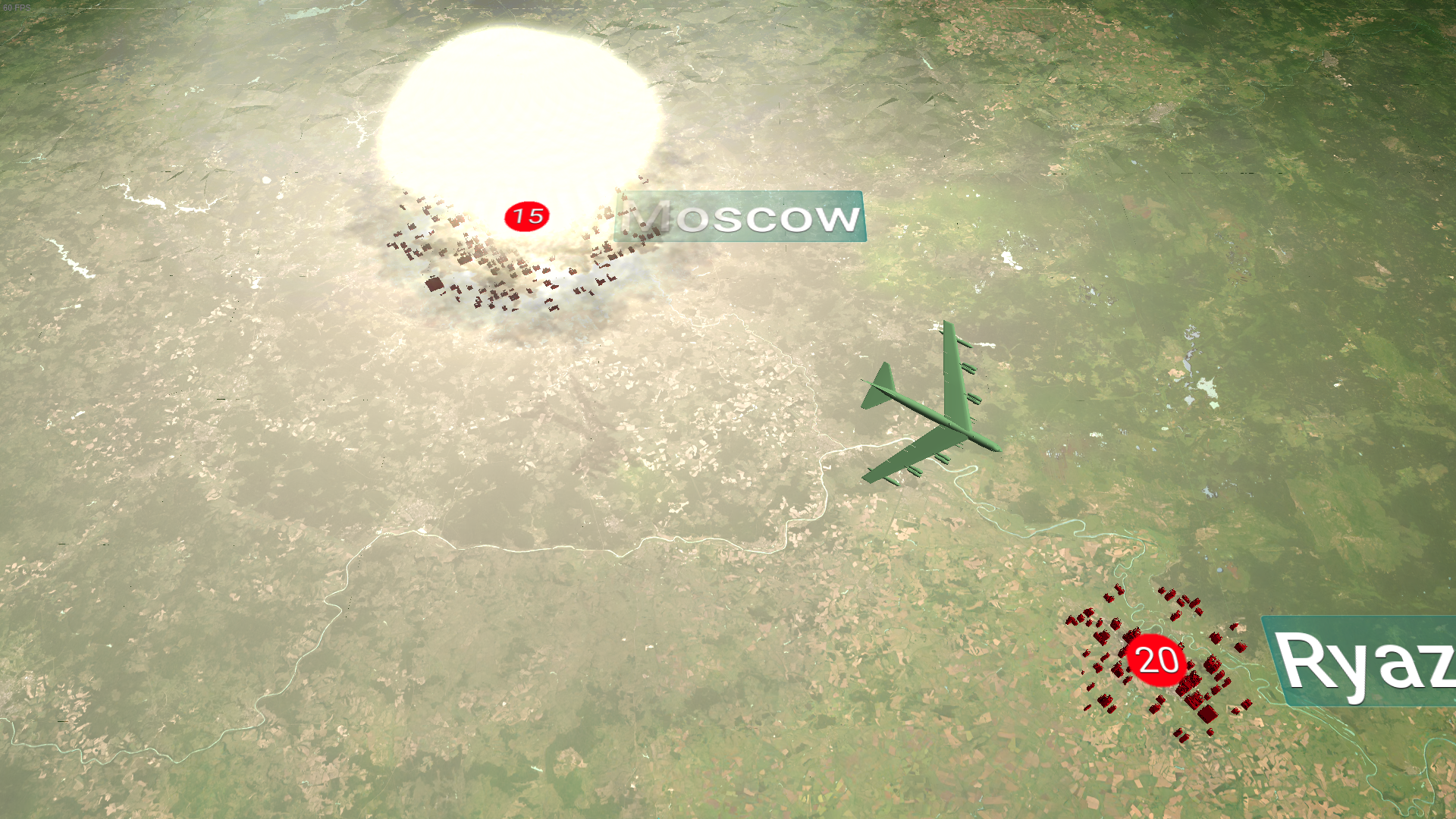
As for the actual bombers themselves, your standard strategic bombers have a few incarnations they can go through as you upgrade them. Starting with the B-47, then moving on to the ubiquitous B-52 lineage, and then to the supersonic B-1 Lancers, and finally the stealthy B-2s and B-21s. For players who are highly focused on their bomber fleet and don’t mind investing a little more into their nuclear strike capabilities, there’s also specially built high-speed bombers, which don’t have the same reach and offer fewer weapon options, but are very fast and can pack a serious punch over short distances. This particular pedigree is kept separate from the regular bombers, is expensive to build and requires specialized airbases, but can fill a valuable niche if you can employ it effectively, and it also has some serious potential if it’s upgraded further…
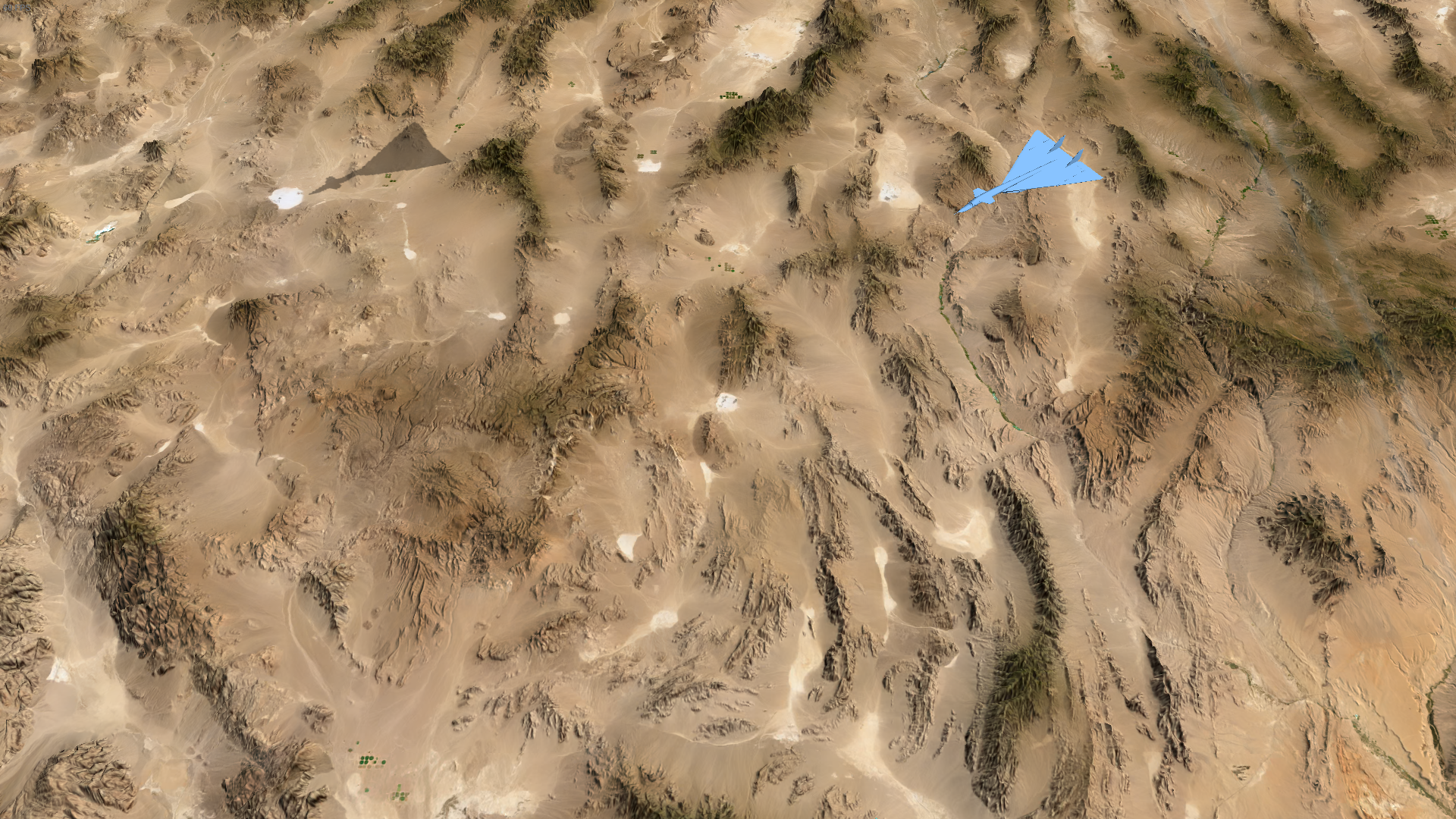
Now, there’s more to running an air campaign than dumping bombs on people. To keep enemy aircraft at bay and take on more tactical targets, the fighter/attacker combo from ICBM 1 is making a comeback. Like before, fighters are designed to effectively punch out enemy aircraft, while multirole attackers can deploy bombs, rockets, AGMs and even nuclear-armed cruise missiles to take out enemy assets. Starting with basic, gun-slinging first generation fighters that don’t even have radars, you’ll be able to upgrade your tactical wings to 2nd, 3rd, 4th, 5th and even 6th generation designs that are faster, better armed and deadlier than the last.
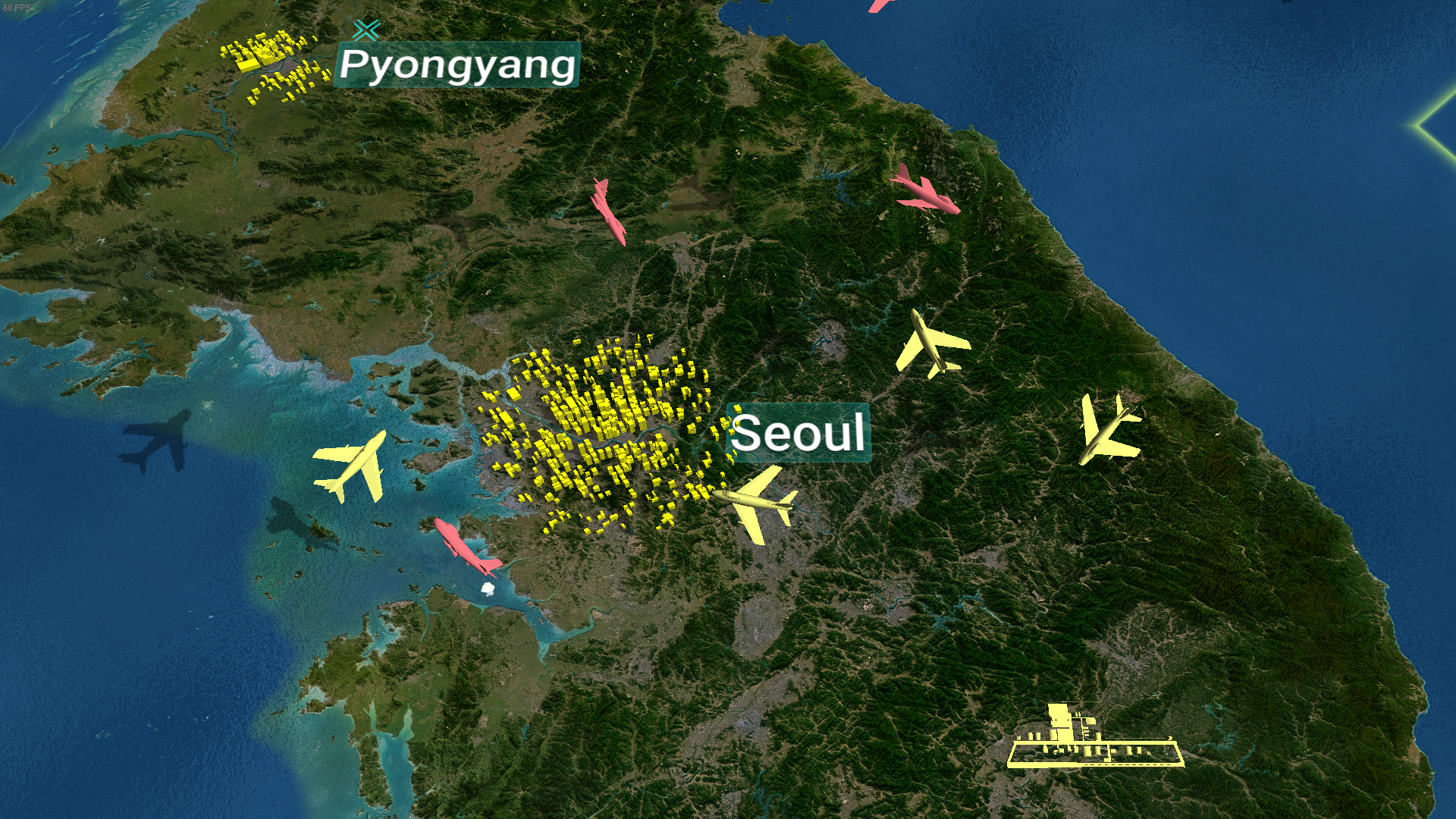
Adding to the mix are more strategically-focused aircraft, like AWACS, which are now less effective at reconnaissance but are vital for monitoring the airspace, as well as spy planes, which conduct long-range patrols to uncover assets deep in enemy territory. Also making an appearance are interceptor aircraft, which are specially armed and equipped to chase down high-value targets, and lastly, electronic warfare aircraft, which can lessen the effectiveness of enemy radar, pick apart air defence networks and pave the way for devastating air raids.
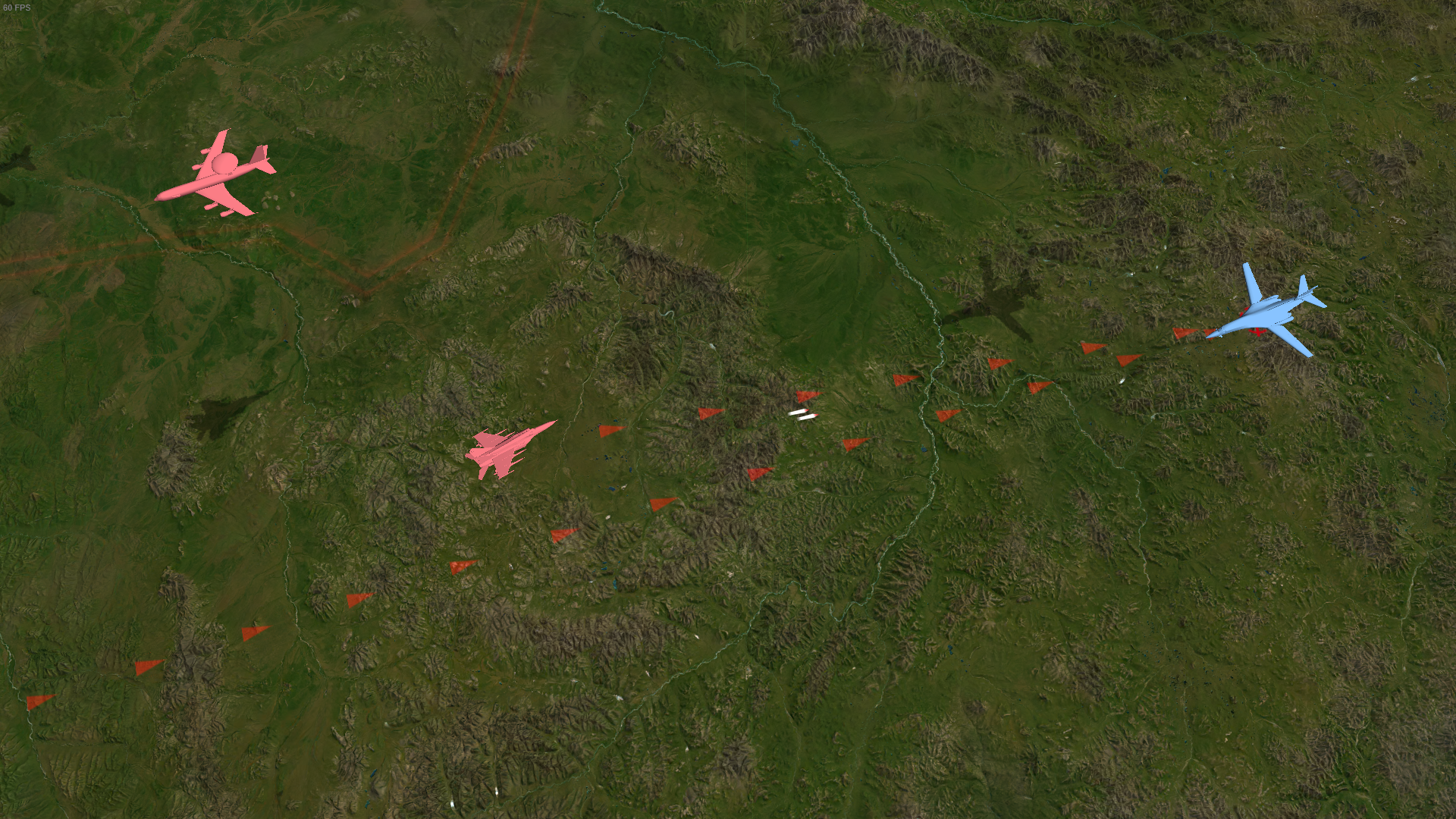
There’s plenty more we could talk about or delve into, but there’s a lot to take in so we’ll let your imagination roam for a bit. Hopefully this piqued your interest, and we can’t wait to hear what you think so far. Don’t worry, If you’re hungry for more, we’ll be back with another dev diary soon enough, and we’ll see you then!
In today’s dev diary, we’re going to talk about one of the staples of the nuclear triad, and the way we’ve implemented it in ICBM: Escalation. It’s not just a means to deploy nuclear weapons either, it’s also a defining feature of the modern battlefield, one that has the ability to turn the tide of an entire war, even without nuclear weapons. That’s right, we’re going to be talking about AIR POWER.
As every nuclear war aficionado knows, even though there’s plenty of systems that have been able to deploy nuclear weapons over the years, the only one that’s been used in anger against an actual opponent is the B-29, two of which were used to drop the bombs when the United States attacked Hiroshima and Nagasaki. Bombers were the first leg of the nuclear triad, and (thankfully) the only one to have ever actually been put to use. So, it makes sense to start there.

As mentioned before, ICBM: Escalation starts all the way back in the early 1950s, and progresses through time all the way up to the near future. The first bombers you’ll have access to will be early-model, jet-powered bombers with limited range and an arsenal restricted to primitive gravity bombs. Don’t be fooled, just because the B-47 itself isn’t particularly potent, that doesn’t mean you can’t get a lot of use out of your bombers. Their performance and capabilities can be upgraded considerably, and they can host a wide variety of weapons as soon as you upgrade them to their successor: The B-52.

As we all know, many strategic bombers developed in the mid-1950’s are condemned to roam the Earth forever and must bear the curse of endless upgrade packages for all eternity. This means that you can easily upgrade your strategic bombers to carry a variety of new weapons. For lighter duties like destroying radar sites, airports and army bases, you have your choice between primitive iron bombs, guided air-to-ground missiles, or long-range air-launched cruise missiles, which also come with a nuclear-armed counterpart. Air-launched ballistic missiles, which offer more range and a bigger punch than cruise missiles, are also at your disposal if you need to deliver a heavy blow without getting too close. And of course, if the enemy’s been worn down or if you’re feeling especially brazen, you can always just load up the biggest, baddest gravity bomb you can find and dump it on a major city during rush hour.

As for the actual bombers themselves, your standard strategic bombers have a few incarnations they can go through as you upgrade them. Starting with the B-47, then moving on to the ubiquitous B-52 lineage, and then to the supersonic B-1 Lancers, and finally the stealthy B-2s and B-21s. For players who are highly focused on their bomber fleet and don’t mind investing a little more into their nuclear strike capabilities, there’s also specially built high-speed bombers, which don’t have the same reach and offer fewer weapon options, but are very fast and can pack a serious punch over short distances. This particular pedigree is kept separate from the regular bombers, is expensive to build and requires specialized airbases, but can fill a valuable niche if you can employ it effectively, and it also has some serious potential if it’s upgraded further…

Now, there’s more to running an air campaign than dumping bombs on people. To keep enemy aircraft at bay and take on more tactical targets, the fighter/attacker combo from ICBM 1 is making a comeback. Like before, fighters are designed to effectively punch out enemy aircraft, while multirole attackers can deploy bombs, rockets, AGMs and even nuclear-armed cruise missiles to take out enemy assets. Starting with basic, gun-slinging first generation fighters that don’t even have radars, you’ll be able to upgrade your tactical wings to 2nd, 3rd, 4th, 5th and even 6th generation designs that are faster, better armed and deadlier than the last.

Adding to the mix are more strategically-focused aircraft, like AWACS, which are now less effective at reconnaissance but are vital for monitoring the airspace, as well as spy planes, which conduct long-range patrols to uncover assets deep in enemy territory. Also making an appearance are interceptor aircraft, which are specially armed and equipped to chase down high-value targets, and lastly, electronic warfare aircraft, which can lessen the effectiveness of enemy radar, pick apart air defence networks and pave the way for devastating air raids.

There’s plenty more we could talk about or delve into, but there’s a lot to take in so we’ll let your imagination roam for a bit. Hopefully this piqued your interest, and we can’t wait to hear what you think so far. Don’t worry, If you’re hungry for more, we’ll be back with another dev diary soon enough, and we’ll see you then!









